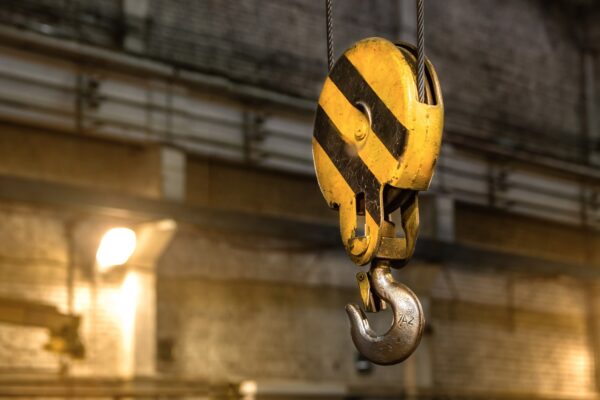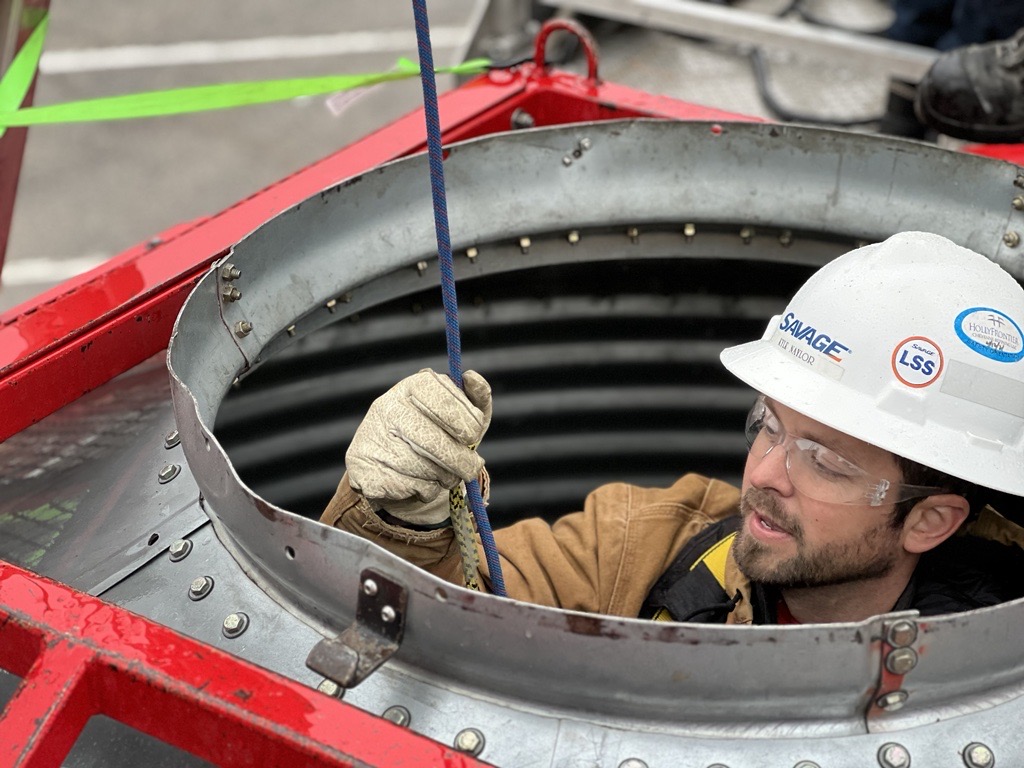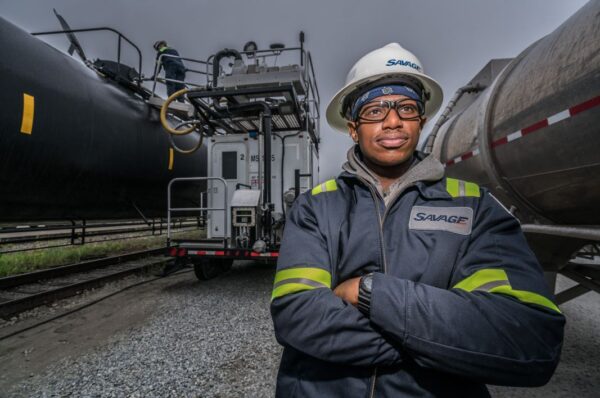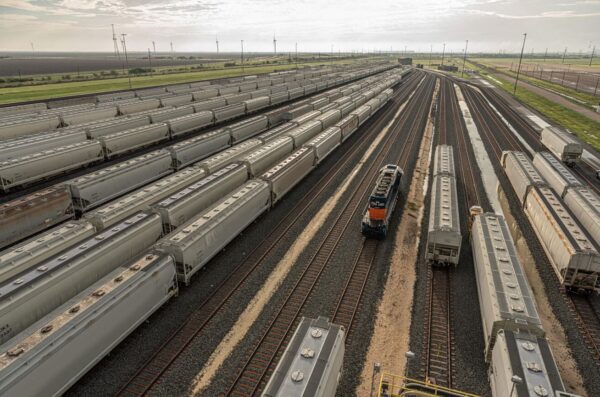
How to Safely Avoid Falling Objects at Work
In many instances, industrial work requires the movement of goods and equipment above our heads. Whether that be hoisting cargo onto the deck of a ship, excavating dirt from the ceiling of a mine, or working on a factory’s ground level as regular processes are carried out on the floors above. Each job requires the full attention of the Team Members on site. Dropping tools at work or ignoring critical communications may result in a heavy equipment accident and a potentially devastating injury.
Protecting others and ourselves from these potentially life-altering incidents requires an active mind and an attention to detail as we carry out tasks that involve the elevation of heavy objects.
Dropping Tools at Work and Other Mishaps
A company can enjoy decades of incident-free work if it is integrated with the proper safety training and tools. Well-designed factories, construction sites, rail yards, and marinas have found ways to account for old design trends. In fact, the establishment of proper safety protocols is essential to achieving a zero-incidents work environment.
According to an article published by the Bureau of Labor Statistics (BLS) in 1997), the annual reported rate of workplace fatalities held between 550-600 deaths, with the majority being those struck by a falling object. In fact, 1996 saw a 5-year high of such data with 402 reported deaths by a falling object in the workplace. A 2020 census echoes such statistics, indicating:
- 468 people were killed by being struck by an object or equipment
- Just under half of that number (217) were struck by a falling object
- 56 people were killed by an object that fell from a vehicle or other machinery
- 12 people were killed from an object that slipped or swung from a controlled position
The census reveals another interesting fact: accidents can lead to other accidents. It notes three people were killed after being struck by an object that was dropped by an injured worker. The chaos of an incident like a heavy equipment accident makes it difficult to avoid falling objects in the immediate moments afterwards.
How to Best Avoid Falling Objects
Performing lifting operations or completing work at elevated heights (such as on walkways, catwalks, platforms, conveyors, etc.) requires an added measure of safety to prevent dropping tools at work and other heavy equipment accidents, like those involving loaders, forklifts, and cranes.
The Occupational Safety and Health Administration (OSHA) sets the standard for best practices:
- All materials, equipment, and tools, which are not in use while aloft, shall be secured.
- The controlling contractor shall bar other construction processes below steel erection unless overhead protection for the employees below is provided.
In other words, secure all loads and suspend all work that would take place underneath that load, unless there is protection to avoid falling objects.
Following these protocols will keep a lot of people safe, and companies can do even more to outfit their facilities with protective infrastructure, including:
- Provide ample railing in front of all drop-offs.
- Install toe boards beneath the railing to keep tools from being kicked or rolling over the edge.
- Utilize PPE such as hard hats and safety glasses.
- Add netting and barricades to the edge of scaffolding to catch falling items.
Train to Avoid a Heavy Equipment Accident
One of the primary goals of any facility in an industrial market is to avoid falling objects and keep each other safe. This makes preparation and training one of the best methods of prevention. Remember two important areas to avoid an accident: develop safe and effective processes and train ourselves to think critically about our work.
- Forklift and stacking training is essential, as the materials that we lift must eventually come down.
- Become familiar with the proper way to handle and store equipment so that it does not become a loose hazard.
- Develop good communication among Team Members so that there are no surprises on the site.
- Practice asking essential questions both as a team and individually, such as those found in the Savage SHAPS framework:
-
- What am I about to do?
- How could I get hurt or hurt someone else?
- What am I going to do to prevent it?
Accidents like dropping tools at work are going to happen every now and again. But how we prepare can protect us from joining the BLS’ unfortunate census of injuries and fatalities. It’s important to be an active and mindful Team Member, working at a safe and effective facility that is designed from the ground up with operators in mind.
Design Like an Operator
If you’re looking to design a facility or make improvements, consider Savage. Our architects and engineers have a history of hands-on experience in transportation, materials, and logistics. And they can take the lead to help design a facility with operators’ safety in mind.



